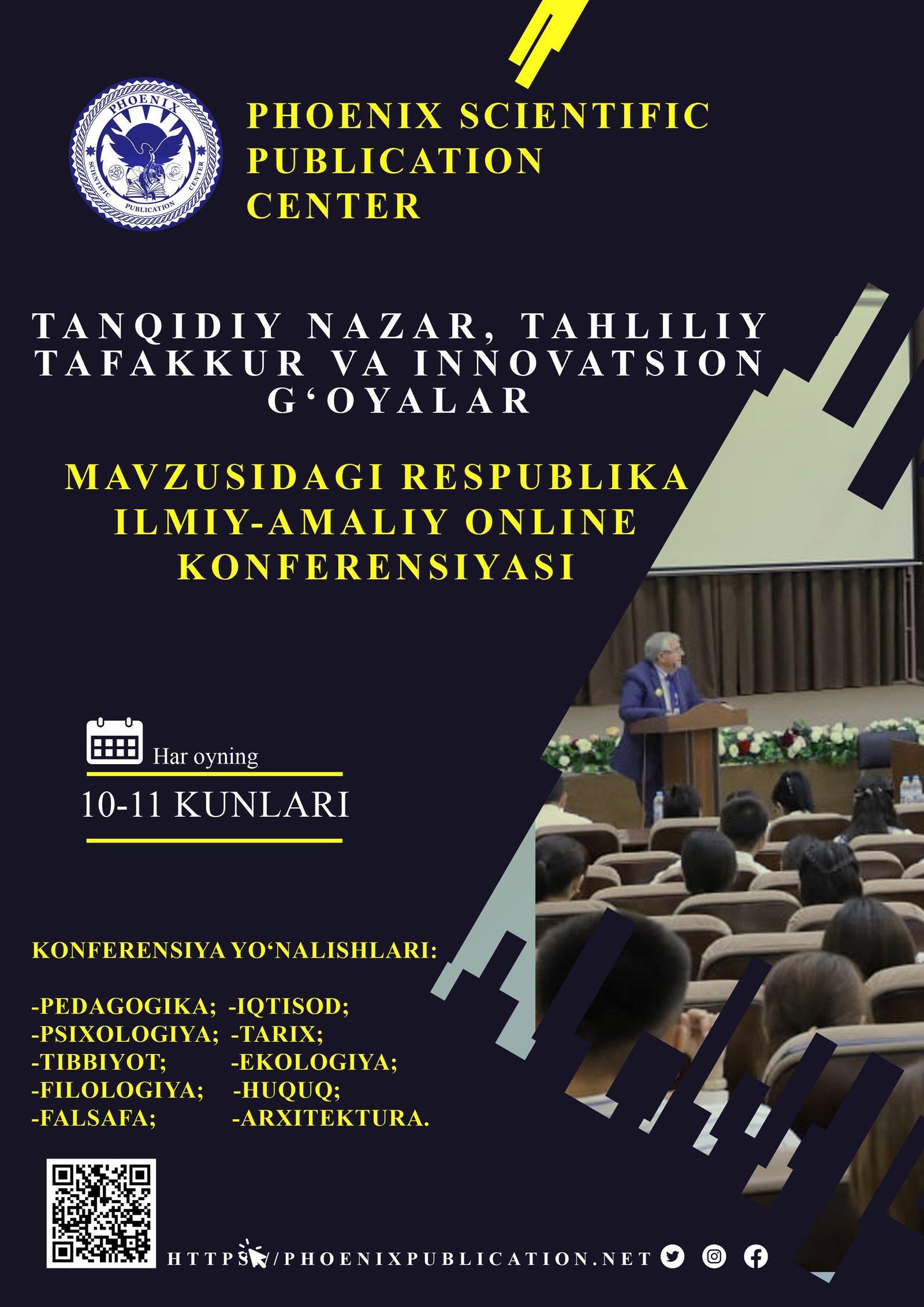Abstract
Ushbu maqola avtomatlashtirish va sun’iy intellektning (SI) turli sohalar va mehnat bozorlariga ta’sirini chuqur tahlil qiladi. Texnologik taraqqiyot tezlashar ekan, avtomatlashtirish va SI ishchi kuchini yangilab, ham imkoniyatlar, ham muammolarni yuzaga keltirmoqda. Mazkur maqola ushbu texnologiyalarning ish o‘rinlarining yo‘qolishi, unumdorlik, daromadlar taqsimoti va umumiy iqtisodiy o‘sishga qanday ta’sir qilayotganini ko‘rib chiqadi. Shuningdek, avtomatlashtirish va SI afzalliklarini saqlab qolgan holda salbiy oqibatlarni kamaytirish uchun siyosiy tavsiyalar va strategiyalarni ham taklif qiladi.
References
Brynjolfsson, E., & McAfee, A. (2014). The Second Machine Age: Work, Progress, and Prosperity in a Time of Brilliant Technologies. W. W. Norton & Company.
2. McKinsey Global Institute (2017). A future that works: Automation, employment, and productivity. https://www.mckinsey.com
3. Autor, D. H. (2015). Why Are There Still So Many Jobs? The History and Future of Workplace Automation. Journal of Economic Perspectives, 29(3), 3–30.
4. OECD (2021). The Impact of Artificial Intelligence on the Labour Market. Organisation for Economic Co-operation and Development.
5. World Economic Forum (2020). The Future of Jobs Report 2020. https://www.weforum.org
6. Russell, S., & Norvig, P. (2021). Artificial Intelligence: A Modern Approach (4th Edition). Pearson.
7. Acemoglu, D., & Restrepo, P. (2019). Artificial Intelligence, Automation, and Work. NBER Working Paper No. 24196.
8. Tapscott, D. (2016). The Blockchain Revolution: How the Technology Behind Bitcoin Is Changing Money, Business, and the World. Penguin.
9. Vazifeh, P., & Bede, G. (2020). The Role of Automation in Economic Productivity Growth. Cambridge Journal of Economics.
10. O‘zbekiston Respublikasi Raqamli texnologiyalar vazirligi (2023). Raqamli iqtisodiyot konsepsiyasi va AI rivoji haqida rasmiy axborot byulleteni. https://mitc.uz
